My family went on an 11-day free-and-easy trip to Japan covering Tokyo, Mt Fuji, Kyoto, Shirakawa-go, and the alpine route. The itinerary is suitable for families with children as it covers many aspects of Japan, including its history and culture, its stunning gardens and alpine landscapes, its ultra-modern bustling capital city and its world-famous theme parks. We get to savour a variety of Japanese cuisine and even stayed at a traditional Japanese farmhouse in one of the most scenic villages in the world,
Japan Itinerary for families
Day 1: Tokyo
We spent our first evening in Japan over a nice Japanese dinner at Ippin restaurant in Shibuya.
Day 2: Mt Fuji and Lake Kawaguchiko
We travelled from Tokyo to see the world famous Mt Fuji, and explored the resort town around Lake Kawaguchiko. We experienced our first Shinkansen (bullet train) ride to Kyoto and had a traditional Kyo Kaiseki dinner at Minokichi restaurant at New Hankyu Hotel just across the road from Kyoto station.
Day 3: Kyoto
We explored one of the top attractions in Kyoto, the Kiyomizudera temple, and the surrounding beautifully preserved historic buildings of old Kyoto. We had lunch at a popular Sushi restaurant called Ganko Sushi and a traditional dinner at Yuzanso Ryokan.
Day 4: Kyoto
We explored the famous Arashiyama Bamboo Forest, the Tenryu-ji Zen temple and its stunning garden, and the picture-perfect Kinkaku-ji Temple made of gold leaves. A traditional Japanese breakfast and a snow crab dinner was provided by our hotel at Yuzanso Ryokan.
Day 5: Takayama and Shirakawa-go
We headed to Takayama to explore the preserved old town, and then took a bus to one of the most scenic villages in the world, Shirakawa-go. We spent the night at a traditional farmhouse in Shirakawa-go and had a lovely dinner conversation with the friendly owner about the history of the village.
Day 6: Snow Wall
We headed to the Tateyama Kurobe Alpine route to see the Snow Wall and the amazing alpine landscapes of Japan and returned to Tokyo in the evening.
Day 7: Tokyo
We visited one of the largest seafood wholesale market in the world, the Tsukiji Fish Market, and thereafter, headed to Asakusa with its popular Japanese temple and rows of shops selling a variety of snacks and souvenirs that were uniquely Japanese.
Day 8: Tokyo DisneySea
We spent the whole day visiting numerous water-themed attractions at the only DisneySea in the world.
Day 9: Tokyo Disneyland
We spent the day at Tokyo Disneyland trying out the fun rides, watching the parades, and catching the ‘Once upon a Time’ evening spectacular.
Day 10: Tokyo Shinjuku and Shibuya
We spent the day exploring Tokyo’s big city life in Shinjuku and Shibuya with its unlimited shopping, dining and entertainment options. We had a great Yakiniku dinner at Gyumon restaurant.
Day 11: Narita Airport
We had one of the best udon we have ever tasted at Narita Airport, and did some last minute souvenir shopping before bidding farewell to Japan.
Planning for this trip
Our Japan trip was the most challenging trip I have ever planned. This was partly because many websites and maps were in Japanese. It was also because Japan was not a cheap destination, and a lot of research was required to find competitively-priced options based on the experiences and places we wanted to visit. I hope that you find the tips below useful for your planning.
Accommodation
Accommodation contributed a large part of our travel budget. In recent years, there had been an increasing number of accommodations for the budget conscious. These included apartments on AirBnB as well as Japanese-style hotels with basic amenities. Although we were initially attracted to the good rates for accommodations on AirBnB, we finally did not stay in one because we wanted to use the baggage delivery service. More about that below.
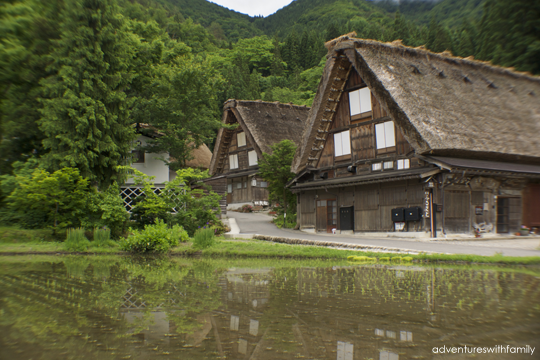
For our trip, we stayed at different types of accommodation:
- Hanabi Hotel in Tokyo – This was a budget-friendly basic Japanese-style hotel with tatami mats and futon beds conveniently located within walking distance of Shin-Okubo. Shin-Okubo was just one train stop away from Shinjuku on the JR Yamanote Line.
- Hotel New Hankyu Kyoto – We initially planned to stay overnight in Hakone but changed plans due to seismic activity and closure of attractions there. I chose Hotel New Hankyu because it was just across the road from Kyoto station and had a restaurant that I wanted to try. It also had rooms for a family of 4-5.
- Yuzanso Ryokan in Kyoto – One of the best ways to experience Japanese hospitality is by staying at its traditional Japanese inn called a ryokan. The price might seem higher than a typical modern hotel but because you get a hearty breakfast and a multi-course dinner that is typically around 7-9K JPY per person, you are practically getting 2 for the price of 1.
- Shirakawa-go Farmhouse – We stayed at a traditional farmhouse in this UNESCO world heritage site.
- Hotel Gracery Shinjuku – I chose this hotel because we were planning to arrive in Tokyo late in the evening and wanted a hotel that was conveniently located near Shinjuku station. This hotel was reasonably-priced at the time we booked because it was relatively new, however, we had to take two rooms. It also had a huge Godzilla at its lobby level overlooking the city.
- Sheraton Grande Tokyo Bay Hotel – This hotel is one of Disney’s partner hotel and offers convenient transportation to the Disney theme parks via the Disney monorail. It also offers a direct shuttle bus to the airport. I never thought we could get great rates at a luxury hotel. Sheraton offered a room with two double-beds and an extra bed that could accommodate the 5 of us. This was only applicable if two of the kids were under 12. I was pleasantly surprised that the rates were better than a less luxurious hotel where I had to get two rooms. Believe me, I compared the rates against many hotels and apartments. The only catch was that you had to book the room at least 60 days in advance.
The last tip is generally true for all hotels in Japan. The later you book, the higher the prices are likely to be.
Getting around with Luggage
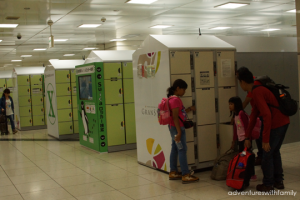 Baggage delivery service
Baggage delivery serviceTransportation
- Day 1: Tokyo
- Narita Express from Airport to Shinjuku
- JR Yamanote from Shinjuku to our hotel in Shin-Okubo
- JR Yamanote to Ebisu and back to Shin-Okubo
- Day 2: Tokyo – Mt Fuji – Kyoto
- JR Chuo line from Shinjuku to Otsuki
- JR Chuo line (same train) from Otsuki to Kawaguchiko (paid at Kawaguchiko station)
- Kawaguchi Red line Sightseeing bus (pay when you exit)
- Fujikyu bus from Kawaguchiko to Mishima (purchase tickets at Kawaguchiko station)
- Shinkansen Hikari from Mishima to Kyoto
- Day 3: Kyoto
- Kyoto 2-day bus pass (purchased at Kyoto bus interchange above main Kyoto train station). Details of buses taken are available here – Kyoto in 2 days
- JR Kosei Line from Kyoto to OgotoOnsen. See Kyoto train/subway map.
- Day 4: Kyoto
- JR Kosei Line from OgotoOnsen to Kyoto
- JR Sagano from Kyoto to Arashiyama
- Keifuku Electric Railway from Arashiyama to Kitano Hakubaicho Station (purchased at the station)
- Bus 102,204,205 from Kitano Hakubaicho station to Kinkaku-ji (using the 2-day bus pass)
- JR Kosei Line from Kyoto to OgotoOnsen
- Day 5: Kyoto – Takayama – Shirakawa-go
- JR Kosei Line from OgotoOnsen to Kyoto
- Shinkansen Hikari 462 from Kyoto (09:45) to Nagoya
- Ltd Exp (Wide View) Hida 7 from Nagoya to Takayama
- Nohi bus from Takayama (14:50) to Shirakawa-go (purchased at Takayama station, reserved in advance)
- Day 6: Shirakawa-go – Toyama – Murodo – Tokyo
- Nohi bus from Shirakawa-go (08:50) to Kanazawa Ekimae (reserved in advance)
- Shinkansen Hakutaka 560 from Kanazawa (10:31) to Toyama,
- Alpine rail, bus & cable car from Dentetsu Toyama to Murodo return (purchased at Dentetsu Toyama ticket office which is a 5-mins walk from Toyama station)
- Shinkansen Kagayaki 514 from Toyama (19:11) to Shinjuku
- Day 7: Tokyo (last day of JR pass)
- JR Yamanote Line from Shinjuku to Tokyo and keep bags in the locker
- Tokyo Metro from Tokyo to Tsukiji to Asakusa to Ueno (bought pass at metro station)
- JR Takasaki from Ueno to Tokyo station to pick up bags
- JR Keiyo Tokyo to Maihama and walk to Disney monorail
- Disney monorail (bought a 3-day pass)
- Day 8 & 9: Disney themeparks
- Disney monorail
- Day 10: Tokyo
- 1-day Metro line pass (paid at station). See Tokyo Metro map. – Note that there are 3 types of day pass (1) Metro line only (2) Metro + Toei Line (3) Metro + Toei + JR. Decide your route before buying the pass.
- Day 11: To airport
- Airport shuttle from Tokyo Disney Resort (paid at hotel). You could also book an airport shuttle if you stay at other hotels.
- You must purchase the JR pass and receive the Exchange Order before entering Japan. You can either purchase it online at www.japan-rail-pass.com with delivery charges or at authorised agents. At the airport, there is a JR pass exchange office where you can turn in the Exchange Order and show your passport to get the JR pass.
- You can make seat reservations for free at the JR stations.
- You can check train schedules on hyperdia.com.
Other Useful Tips
- Something fun for the kids to do
- When travelling to JR stations, you can collect cool rubber stamps with pictures of the main attraction near that station. Get it from the counter person who checks your JR Pass. Bring a blank book with no lines to collect the stamps.
- Cost saving tips
- There are many great bakeries and Japanese snacks around Japan that are reasonably priced. You can find some of them at the basement level of shopping malls or at train stations.
- There are many souvenir shops at Narita Airport selling Japanese snacks in nicely-wrapped boxes. You can save on taxes when buying them from the airport.
- Getting connected
- You may wish to consider getting a sim card to be used during your Japan trip, but you need to use it on a handset that supports 3G.
- Rental of Wifi devices are also available at the airport but it is more expensive than getting just the sim card.
- Communications
- It is good to install an English-Japanese language translator on your smartphone in case you need to communicate with a local who might not be well-versed in English.
- Electronic Products
- If you have to bring electronic products like kettles or irons, get the travel ones that can be adjusted to 100V. Those that are fixed at 230V will not work properly in Japan.
- Halal Food
- Last but not least, muslim travellers can find a number of halal food or muslim-friendly restaurants around Japan. Read more about Must-try Halal food in Tokyo and Must-try Halal food in Kyoto.

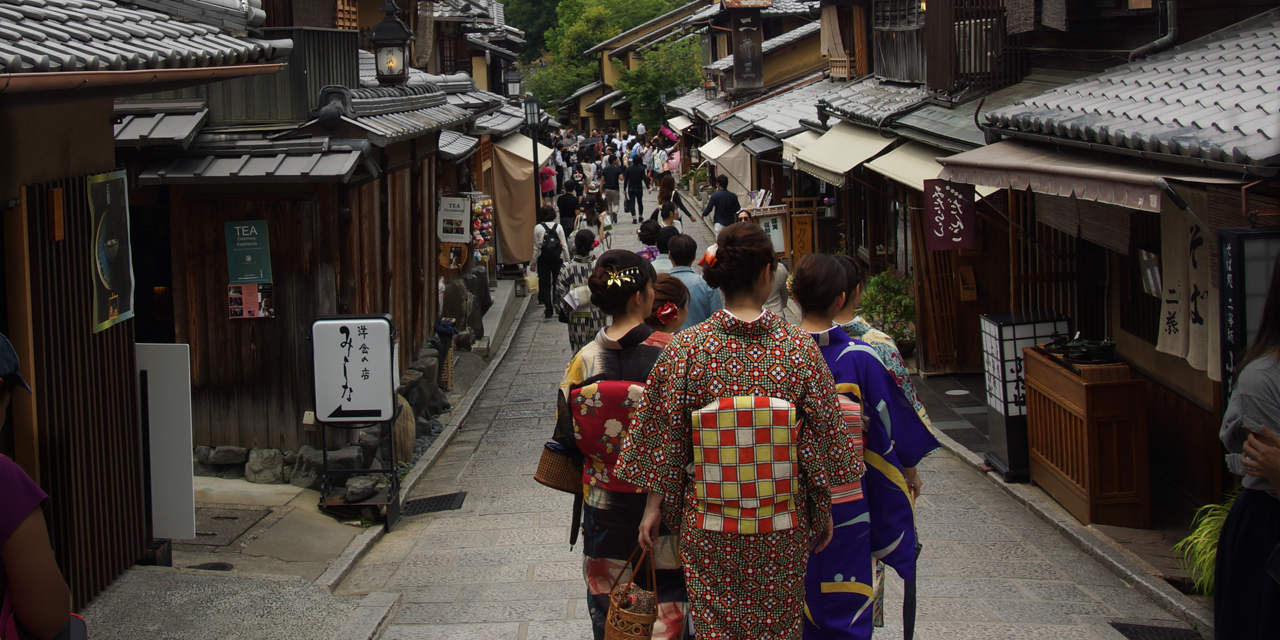
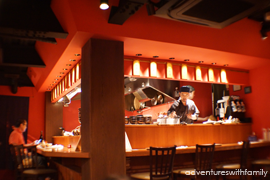
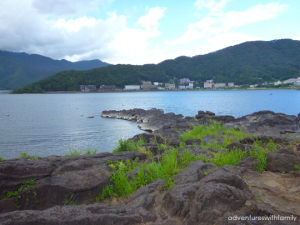
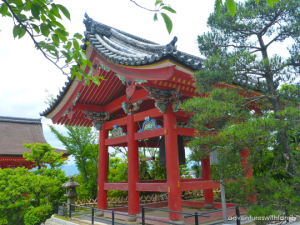
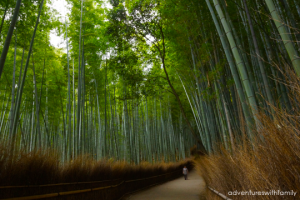
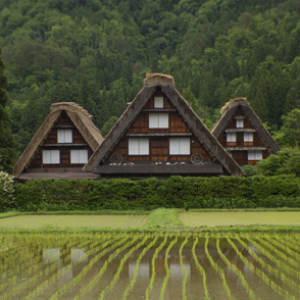
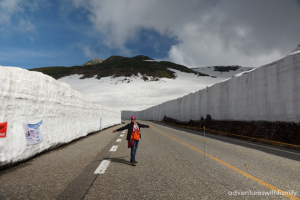
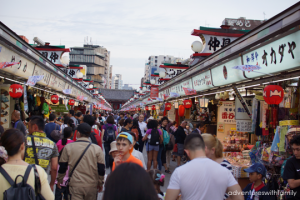
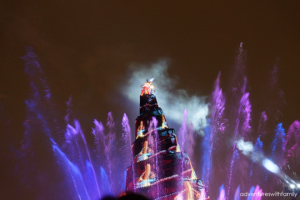
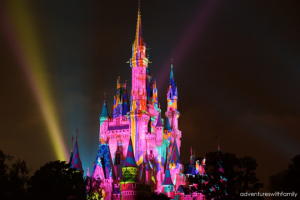
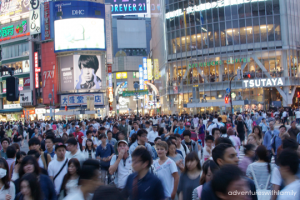
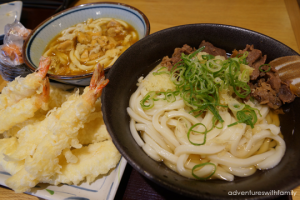
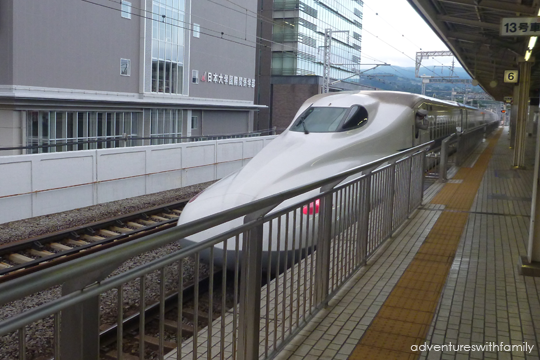
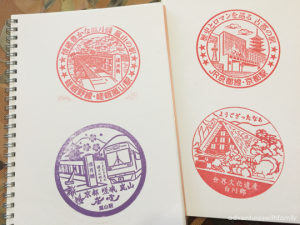
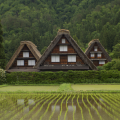
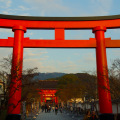
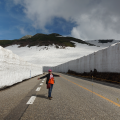
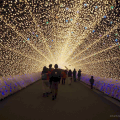
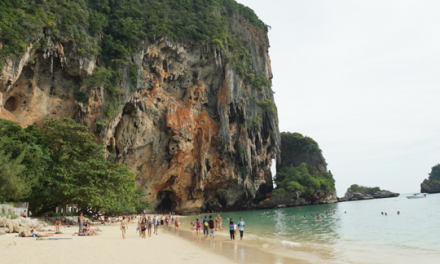
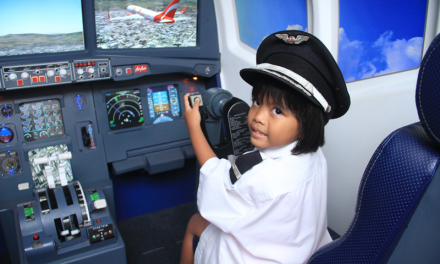

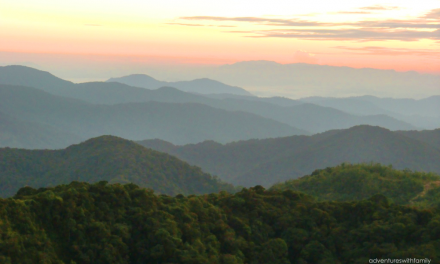
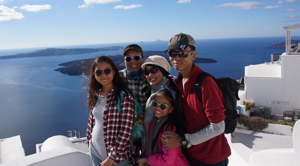

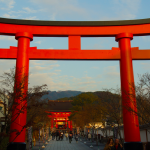
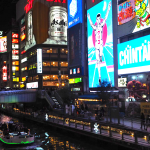
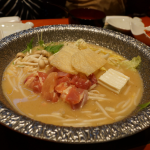

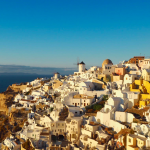
Hi Rosie, thanks for sharing your itinerary. May I know which month did you travel for this trip? Able to share the traveling time taken for the respective routes? Especially Tokyo to Mt Fuji, Mt Fuji to Kyoto, Kyoto to Takayama, and day 6. We are family of 3 traveling in November but is considering between self driving and JR pass.
Hi, we did this itinerary in June. For someone who loves road trips, I would not recommend driving in Japan though. Trains are much faster, more convenient and less expensive. You can check train duration on hyperdia.com. Some trains are faster than others, even for the same route. Express trains may also skip several stations.
Hi there! Thanks for the comprehensive itinerary! I’m planning to take my family (a total of 3 adults and 2 kids (aged 1 and 3) to Japan for around 10-12 days in May ’19. I think my travel company (3 adults + 2 kids) is similar to your family itinerary here. Can I check if you usually book 1 or 2 rooms for your stay in Japan? (Am trying to find the most cost efficient lodging!) Thanks!
Hi Felicia, I typically try to find accommodations with 1 room. If you don’t mind staying in a Japanese-style accommodation with tatami mats, then it is not that difficult to find accommodations with 1 room for the whole family. See my suggested accommodations.
Wondering when you say you have to exchange the JR pass at the airport. What if you don’t want to activate it until a few days later?
Hi Melissa, You don’t have to exchange the JR Pass at the airport. I exchanged my JR pass a few days later so that I can optimise the use of the 7-day pass.
Hi Rosie,
Its wonderful! thanks for the very detailed informative itineraries.
We’re planning to go to Japan in December 2019 and so i need to plan out as early as now the budget 🙂
Are you able to share roughly how much for a similar 10 day itineraries (Tokyo, kyoto, osaka, nagoya) ? I think i will just use your itinerary and adjust accordingly. For snow experience, we will visit my BFF in Akita for another 3 days maybe including the travel.
Thanks much 🙂
Janeth
Hi, We have a 12-day Japan winter itinerary covering Tokyo, Kyoto, Osaka, Nagoya as well as a ski resort.
Hello! Reading about Kyoto on your blog is very helpful! We are headed to Japan in April 2020 with a 6 year old and 18 month old for 10 days. Originally, we have 5 days in Tokyo, 2 Kyoto and 1 in Hiroshima. After researching, I think we need one more in Kyoto, so 3 days to explore. I saw that you went to Disney Land and Disney Sea. This will be our son’s first time to Disney. Do you think just doing DisneySea is fine, and using that extra day we planned on Disney Land to see more of Japan? Also, we will stay in the Asakusa area in Tokyo for half of the time. Do you think it is worth it to stay near Disney for the day we go to Disney and explore Odaiba? Are you glad you went to Hakone? Is it worth it? If we go, it would be on the way to Kyoto. Thanks so much!
Hi Rosa, for your two young kids’ first visit to Disneyland, I think you should visit Disneyland to enjoy the castle and the characters. If you can’t do two days, then you may want to consider 2 parks in 1 day. Personally, I would choose Disney over Odaiba. April is a great time to visit. Are you going during the Cherry blossom period? I am glad I went to Hakone, but if you have a limited time, you may wish to spend the day to see Mt Fuji with the cherry blossoms, then head to Kyoto afterwards.
Hi
Your post is amazing. I’ll follow it blindly.
POSSIBLE to adopt the same itinerary from 1 Apr-11April
Sure! I would avoid themeparks on weekends if you don’t like the crowds. The time that you are going is the cherry blossom season. I would take advantage of that and visit some of the parks.
Hello! Thank you for this wonderful post!
We will likely do Disney Sea but not Disneyland, which would give us an additional day if we go by your plan. We also plan to visit the new Super Nintendo World in Osaka; how/when would you recommend that we fit that in with the plan? We plan to travel in November. Thank you!
Hi Stella, Osaka is a one hour train ride from Kyoto. You can do a day trip from Kyoto to visit the Super Nintendo world.